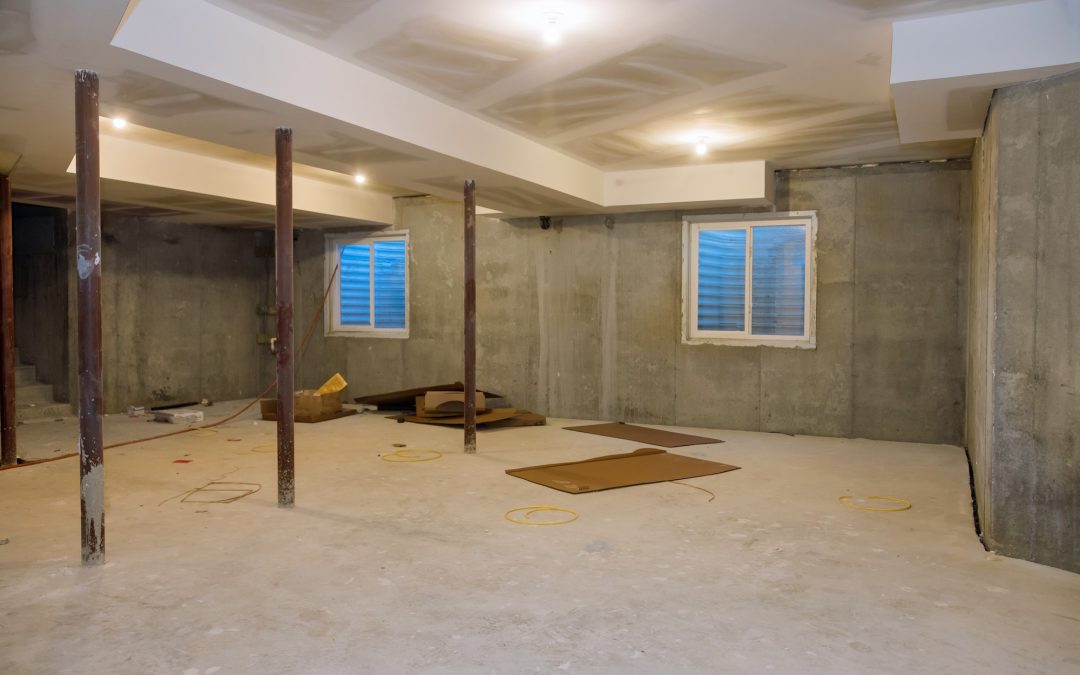Basements are an extremely useful space in any home. They can provide extra storage, a place to hang out, or even an additional living area. But, in order to use this space fully, you need to make sure it is waterproof. Waterproofing your basement doesn’t need to be expensive or time-consuming. Here are some tips and tricks for waterproofing your basement on a budget.
Check for Leaks
Before you start waterproofing your basement, you need to make sure there are no existing leaks or water damage. Look for signs of water damage such as mold, mildew, discolored or sagging drywall, or damp patches on the walls or floors. You can also check for leaks by looking for cracks in the walls or floor. These cracks can be sealed using a waterproofing sealant.
You may also want to invest in a moisture meter. This device helps detect the presence of moisture in the walls and floors. If you find that your basement is already leaking, you may need to hire a professional to repair the leak before you start waterproofing. This could save you from costly repairs in the future.
Clean the Walls and Floors
Once you’ve checked for leaks, you need to make sure the walls and floors are clean. You can use a detergent-based cleaner to remove dirt and grime. Make sure you scrub the walls and floors thoroughly to get rid of any dirt or mold that may be present. After you’ve cleaned the walls and floors, you should let them dry completely before you start waterproofing.
Seal the Walls and Floors
Sealing the walls and floors is one of the most important steps in waterproofing your basement. You can use a waterproofing sealant to seal any cracks or gaps in the walls and floors. You can also use a waterproof paint to seal the walls and floors. This will help prevent water from getting into your basement.
If you’re sealing the walls and floors with paint, make sure you use a product that is specifically designed for basement waterproofing. You should also apply several coats of paint to make sure the walls and floors are thoroughly sealed. Allow each coat of paint to dry completely before applying another coat.
Install a Sump Pump
A sump pump is a great way to keep your basement dry. It collects water from the surrounding area and pumps it away from your home. You can install a sump pump yourself or you can hire a professional to do it for you. Make sure you choose a sump pump that is powerful enough to handle the amount of water in your area.
You should also make sure you maintain your sump pump regularly. You should check the pump regularly and make sure it is in good working condition. You should also change the water in the pump regularly and check for any signs of wear and tear.
Add Drainage Tile
If your basement has a lot of moisture, you may want to consider adding drainage tile. Drainage tile is a type of tile that helps to channel water away from your home. You can install the tile yourself or you can hire a professional to do it for you. Make sure you choose a tile that is specifically designed for waterproofing.
Adding drainage tile to your basement can help keep it dry and free of moisture. It is also important to make sure the tile is properly installed. If the tile is not installed correctly, it could lead to water seeping into your basement. Make sure you hire a professional to install the tile if you are not sure how to do it yourself.
Waterproofing your basement doesn’t need to be expensive or time-consuming. With these tips and tricks, you can waterproof your basement on a budget and keep it dry for years to come. For more information, check out Perma-Dry Waterproofing for professional waterproofing services.

